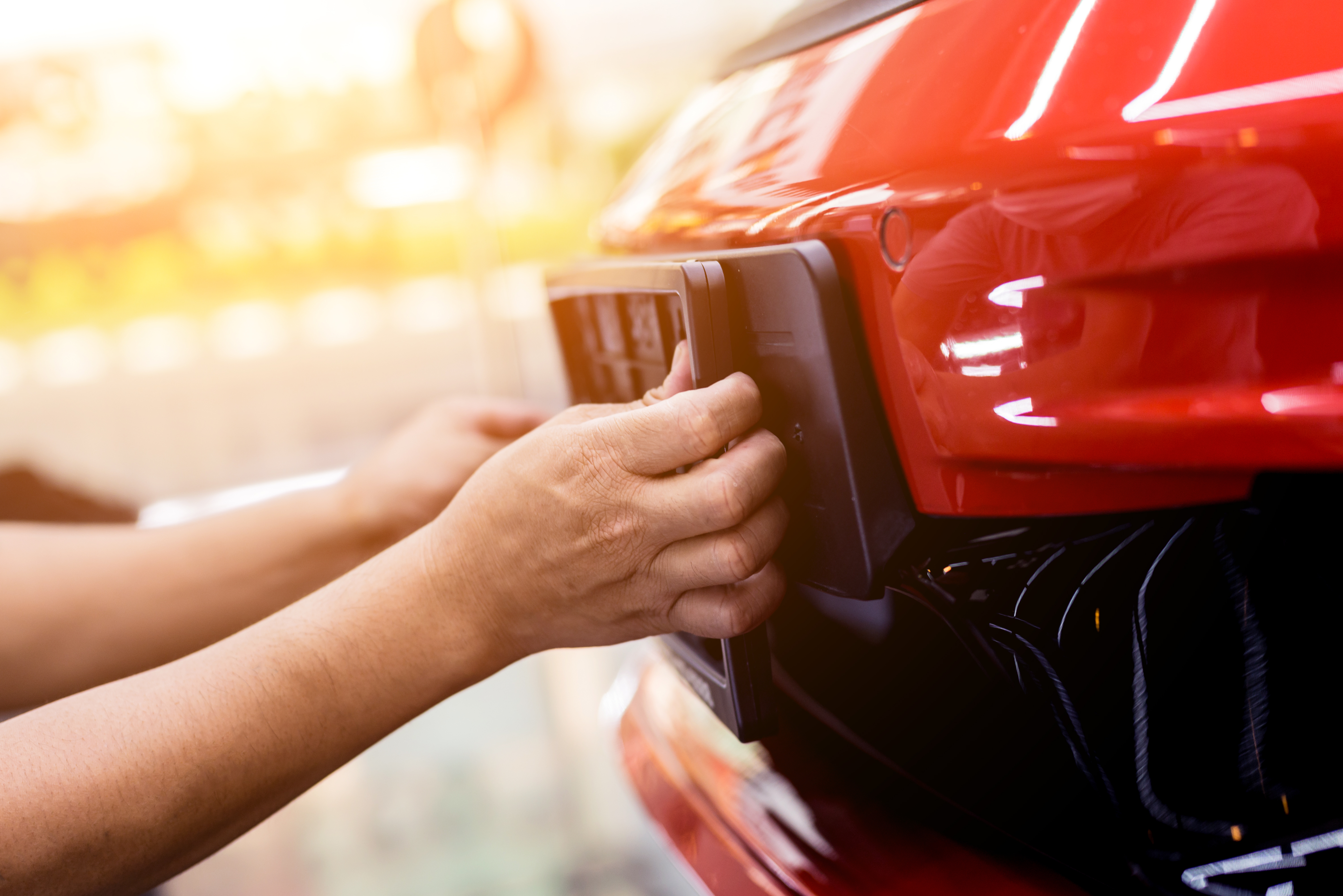Ear Wax Blockage: Safe Solutions for Hearing Health
Ear wax blockages can significantly impact hearing and comfort, affecting millions of people worldwide. While ear wax naturally protects the ear canal, excessive buildup can lead to symptoms like muffled hearing, earache, and dizziness. Understanding the causes, prevention methods, and safe removal techniques is essential for maintaining optimal ear health without risking damage to this sensitive area.

Ear wax, or cerumen, is a natural substance that protects our ear canals by trapping dust and debris while preventing bacterial growth. However, when this protective mechanism goes into overdrive, blockages can develop that interfere with hearing and cause discomfort. Approximately 12 million people annually seek medical attention for ear wax impaction, making it one of the most common ear-related health issues worldwide.
Understanding Ear Wax Blockage
Ear wax blockage occurs when cerumen accumulates faster than the ear can naturally expel it. Several factors contribute to this condition, including ear canal anatomy, excessive hair growth in the ear canal, and the use of hearing aids or earbuds that can push wax deeper into the ear. Age also plays a role, as ear wax tends to become drier and less mobile in older adults.
The symptoms of ear wax impaction can range from mild to severe. Common indicators include partial hearing loss, a feeling of fullness in the ear, tinnitus (ringing in the ears), earache, itching, and occasionally, dizziness or balance problems. If you experience sudden hearing loss, severe pain, or drainage from the ear, these could indicate more serious conditions requiring immediate medical attention.
Ear Wax Softening Drops: Types and Application
Ear wax softening solutions are often the first line of treatment for blockages. These products work by breaking down hardened wax, making it easier for the body to naturally remove it or for a healthcare provider to extract it safely.
Over-the-counter options include oil-based drops like mineral oil, baby oil, or olive oil, which help soften and loosen impacted wax. Water-based solutions containing hydrogen peroxide or carbamide peroxide create a foaming action that helps break up wax deposits. Glycerin-based products draw water into the wax, helping to soften it.
To apply ear drops properly:
- Warm the solution to body temperature by holding the bottle in your hand for a few minutes.
- Lie on your side with the affected ear facing upward.
- Apply the recommended number of drops into the ear canal.
- Remain in this position for 5-10 minutes to allow the solution to penetrate the wax.
- Place a cotton ball gently at the ear opening to prevent the solution from leaking out.
Home Remedies for Ear Wax Removal
Several household items can effectively address minor ear wax buildup when used properly. Warm olive oil or mineral oil serves as a natural softening agent when a few drops are placed in the affected ear. After the oil has had time to work (usually 1-2 days of twice-daily application), gently irrigating the ear with warm water using a rubber bulb syringe can help flush out the softened wax.
A solution of equal parts white vinegar and rubbing alcohol can help prevent wax buildup when used occasionally. This mixture helps dry excess moisture while maintaining the ear’s natural pH balance.
However, caution is paramount with home remedies. Never insert anything into your ear canal, including cotton swabs, which can push wax deeper and potentially damage the eardrum. Ear candling, despite its popularity, is not recommended by medical professionals due to risks of burns, wax dripping into the ear canal, and lack of proven effectiveness.
Professional Ear Wax Removal Methods
When home treatments prove ineffective, professional intervention may be necessary. Healthcare providers typically use one of three main approaches:
Irrigation involves flushing the ear canal with water or a medicated solution using specialized equipment that controls water pressure and temperature. This method is generally safe but may be contraindicated for people with certain conditions like eardrum perforations or diabetes.
Manual removal utilizes specialized tools like curettes, forceps, or suction devices under direct visualization. This technique is particularly useful for hard or impacted wax and is generally performed by ENT specialists or trained healthcare providers.
Microsuction employs a binocular microscope and a fine suction device to precisely remove wax without introducing water into the ear canal. This method is especially beneficial for people with eardrum perforations or previous ear surgeries.
Prevention Strategies for Recurring Blockages
Preventing ear wax buildup is preferable to treating blockages. Regular but limited use of ear drops (typically once or twice monthly) can help maintain appropriate wax levels without causing irritation. For those prone to blockages, a healthcare provider might recommend a maintenance regimen using mineral oil or over-the-counter ear drops.
Proper ear hygiene involves cleaning only the outer ear with a washcloth, avoiding the insertion of any objects into the ear canal. Those who use hearing aids should clean their devices regularly according to manufacturer instructions and give their ears regular breaks from the devices when possible.
Environmental factors also play a role in ear wax production. Dusty or dirty environments can stimulate increased wax production as a protective mechanism. Using appropriate ear protection in such conditions can help reduce this response.
When to Seek Medical Attention
While many ear wax issues can be addressed at home, certain situations warrant professional care. Seek medical attention if you experience severe pain, complete hearing loss, dizziness, fever, or drainage from the ear. These symptoms could indicate complications or underlying conditions beyond simple wax impaction.
People with certain risk factors should avoid self-treatment altogether. This includes individuals with diabetes, compromised immune systems, perforated eardrums, or a history of ear surgery. Children should also have ear wax removed only by healthcare professionals, as their ear canals are narrower and more susceptible to injury.
Regular check-ups with a healthcare provider can help monitor ear health and address wax buildup before it becomes problematic, especially for those with recurring issues or risk factors for impaction.
This article is for informational purposes only and should not be considered medical advice. Please consult a qualified healthcare professional for personalized guidance and treatment.




